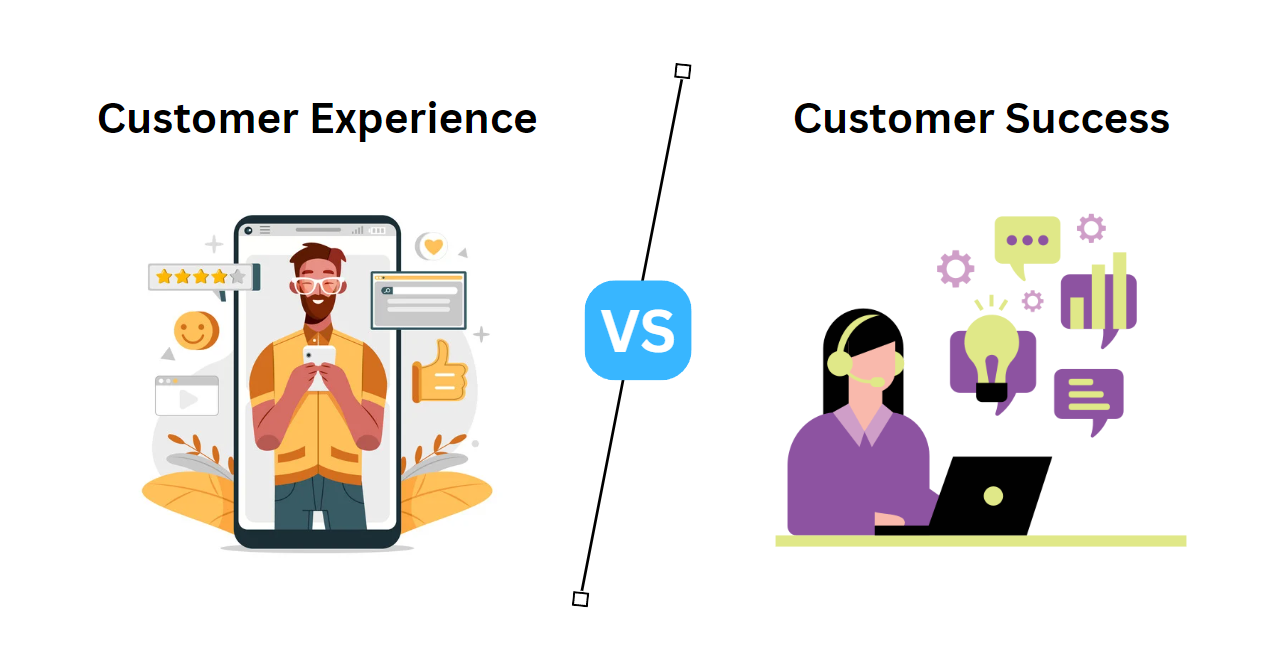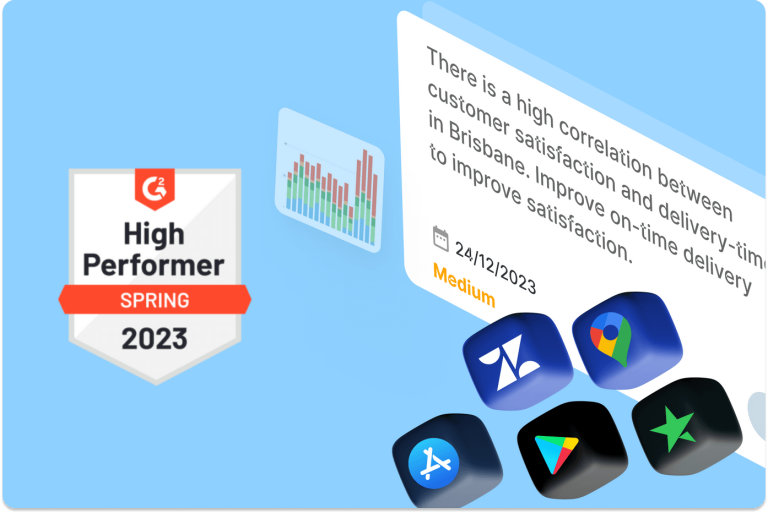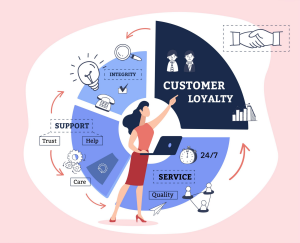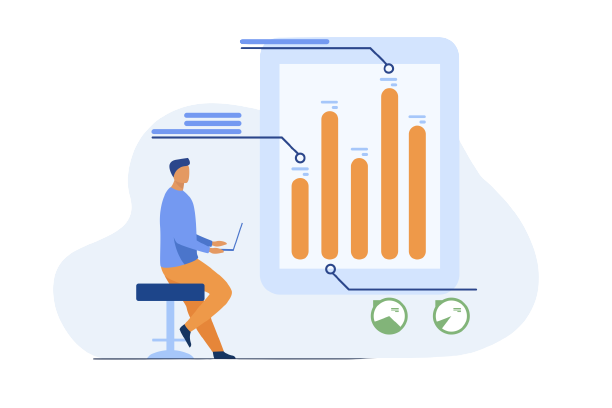
The Digital Revolution: Leveraging Technology for Enhanced Customer Experience in Multi-Venue Businesses
Multi-location businesses, such as restaurant chains, retail franchises, and global hotel brands, often span diverse cultural landscapes.

Organisations that prioritise the needs and expectations of their customers tend to thrive and grow. Two crucial terms frequently discussed in this context are Customer Success (CS) and Customer Experience (CX). While they both play essential roles in enhancing customer relations, they are not interchangeable concepts. In this article, we’ll explore the distinct characteristics that set Customer Success apart from Customer Experience, with the support of data, figures, and real-world examples from leading companies
Customer Experience (CX) encompasses the overall perception a customer has of a company based on every interaction and touchpoint throughout their journey. This includes interactions with a company’s website, products, customer service, and more. CX focuses on the customer’s feelings, emotions, and overall satisfaction during these interactions. According to a PwC report, 73% of customers point to customer experience as an important factor in their purchasing decisions.
Real-World Example: Apple is renowned for its exceptional customer experience. From the sleek design of its products to the user-friendly interface and the in-store Genius Bar support, Apple creates a seamless and enjoyable customer journey. This dedication to CX has contributed significantly to Apple’s brand loyalty and growth.
Customer Success (CS), on the other hand, is a more specific strategy aimed at ensuring customers achieve their desired outcomes while using a company’s product or service. It’s proactive and focuses on helping customers overcome challenges, achieve goals, and maximize the value they receive. CS is often associated with subscription-based services and software as a service (SaaS) companies, where ongoing engagement and retention are critical.
Real-World Example: Salesforce, a leading CRM (Customer Relationship Management) software provider, is a prime example of a company excelling in Customer Success. They offer extensive training, personalized support, and a robust community for their users. Salesforce’s commitment to helping customers achieve their desired outcomes has resulted in high retention rates and satisfied customers.
Forget about reading through thousands of voice of customer data points.
Let our AI-powered ‘Insight Assistant’ flag the issues that matter so you can work faster, boost productivity, and save more time.
1. Focus and Scope
2. Timing
Successful companies recognize that balancing both CX and CS leads to enhanced customer loyalty, higher retention rates, increased customer lifetime value, and a stronger competitive advantage in the market.
Let’s delve into some data to highlight the significance of both Customer Experience and Customer Success:
Explore Eclipse AI Platform Features
Amazon is a prime example of a company that successfully integrates both Customer Experience and Customer Success into its operations.
Customer Experience (CX): Amazon’s user-friendly website, fast and reliable shipping, and an extensive selection of products contribute to an exceptional CX. The “one-click” purchase option and personalised product recommendations make the shopping experience seamless and enjoyable.
Customer Success (CS): Amazon Prime, the company’s subscription service, is a testament to its focus on Customer Success. Prime offers benefits such as free two-day shipping, exclusive access to movies and TV shows, and more. By providing value beyond just shopping, Amazon ensures customer loyalty and engagement.
In the world of customer-centric business strategies, both Customer Experience (CX) and Customer Success (CS) hold vital roles. While CX focuses on creating a positive overall impression, CS is about ensuring customers achieve their specific goals and desired outcomes. These two concepts, though related, have distinct scopes, objectives, and metrics.
Companies that excel in both CX and CS, like Amazon and Salesforce, have not only retained their customers but have also witnessed substantial growth. Therefore, it’s essential for organisations to recognise the differences between CX and CS and implement strategies that leverage the strengths of both approaches to maximise customer satisfaction and loyalty. In a competitive marketplace, understanding these distinctions can be the key to sustainable success.
Becoming CX and CS pros typically requiring significant time and resources. But with Eclipse AI by your side, you can bypass all that.
Eclipse AI free is now available. Experience the full capabilities of our platform for yourself and see the impact.
Want The Latest CX Intelligence?
Unify omnichannel Voice-of-Customer data, analyse it at scale using AI and extract insights to improve performance metrics
✔Free forever ✔ No credit card needed ✔ Reduce Churn


Multi-location businesses, such as restaurant chains, retail franchises, and global hotel brands, often span diverse cultural landscapes.

We’ve all experienced some form of customer loyalty in our lives, have we not? It’s when we felt attached to certain brands, recommended them, and supported them.

Customer journey mapping is a hot topic in the customer experience (CX) world. It is a powerful tool that enables businesses to monitor and manage the several touchpoints’ customers have with their business, while continuously improving its processes and developing a world-class customer experience.
Don’t Let Your Competitors Understand Your Customers Better Than You
Don’t miss out. Try our 30-day Free Professional Trial.
